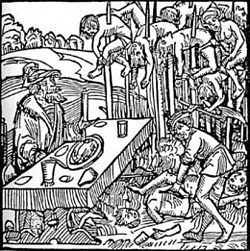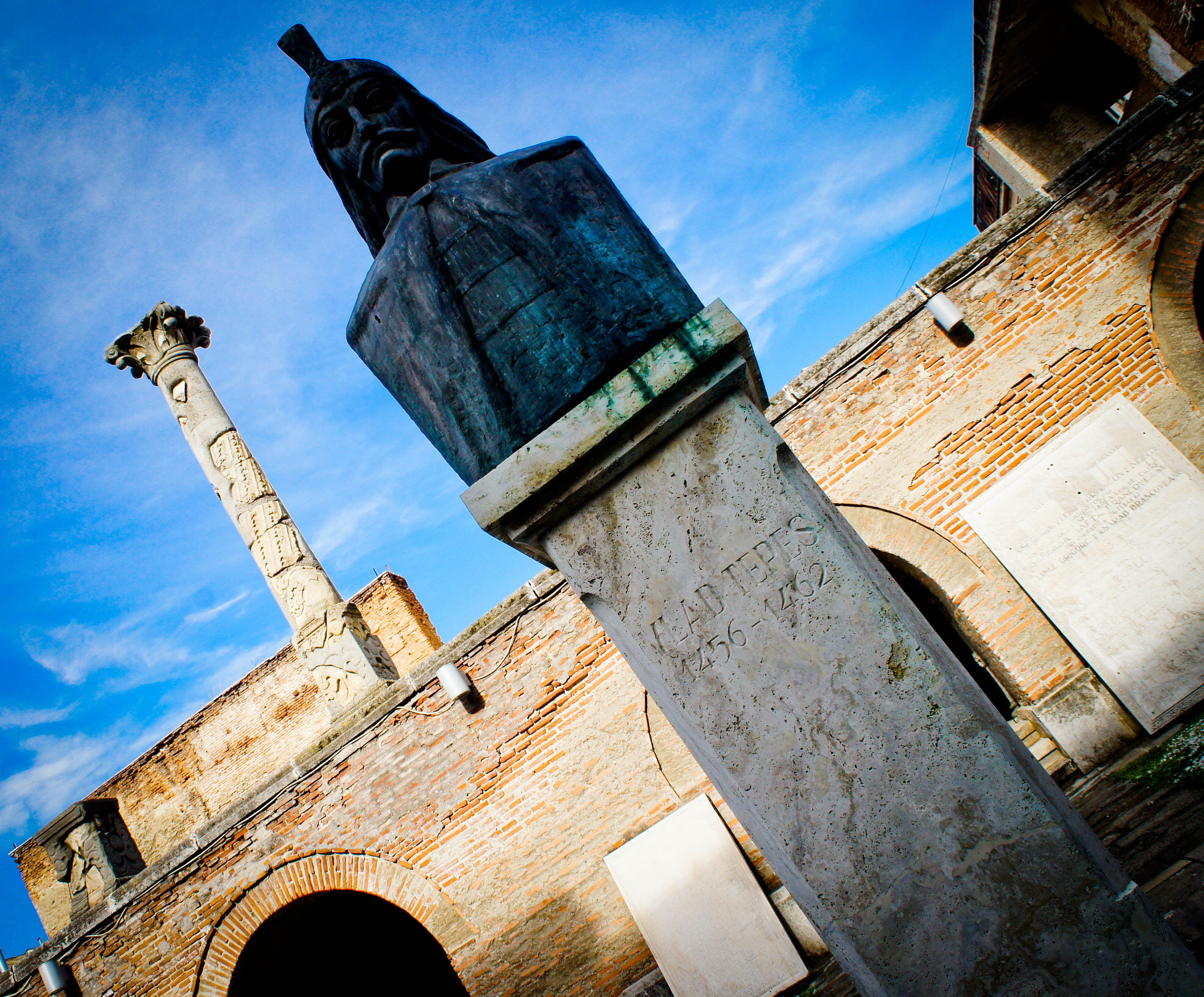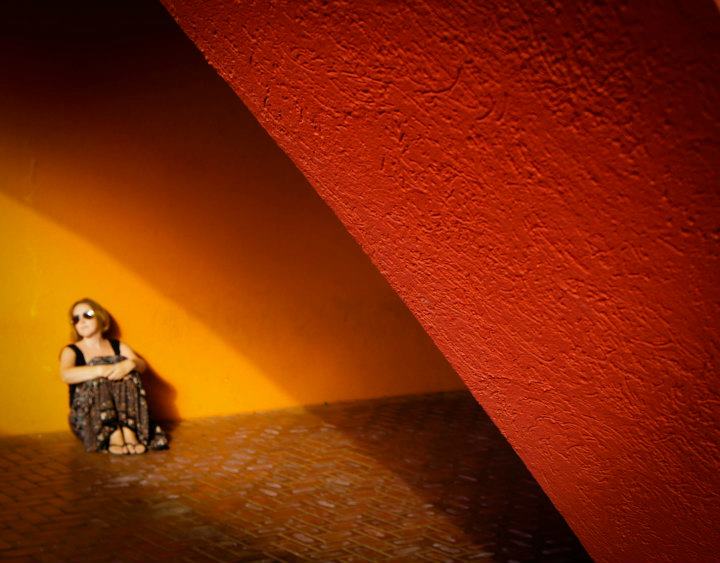Most people know that I have two passions: travel and literature. Those who know me really well know that I am somewhat of a gothic aficionado when it comes to books. I read Dracula many, many, years ago and, more recently, read a great contemporary Dracula tale—The Historian by Elizabeth Kostova. I was immediately drawn into a dangerous world of murky intrigue, tracing the trail of the world’s most enigmatic vampire throughout mediaeval European history to the modern day.
There is nowhere more synonymous with vampires than Transylvania, a mountainous region in central Romania. But if you are looking for kitsch vampire tourism you will not find it here apart from the odd mention of his name and the very occasional tacky souvenir.
It has long been established that Stoker found some inspiration for his blood-sucking count in the historical figure of Vlad III, the brutal Prince of Wallachia responsible for the torture and death of thousands, and you will find the image of Vlad everywhere in Romania.
But this image is revered, not feared, by locals.

In Romania Vlad III is considered a national hero, a man who instilled virtues of honesty and diligence into his own people, and fought tirelessly against the Ottoman Empire to keep his homeland free. It is true that he was brutal to his enemies. His preferred method of torture instilled fear into the hearts of those who opposed him and earned him the moniker ‘Vlad Tepes’, which means ‘Impaler’. The legends tell of how Turkish Sultan Mehmed II, a man not averse to violence himself, retreated, sickened, after coming across 20,000 still-living bodies in Vlad’s ‘forest of the Impaled’.
Whilst these details are undoubtedly macabre, it seems that much of Tepes’ cruelty was learned in the palaces of the Turkish Sultan himself during the time he spent as a hostage of the Ottoman court—a period of his life that shaped his hatred of the Ottoman Empire and Mehmed II in particular.
It seems most likely that Bram Stoker took his inspiration from Tepes’ name, rather than his deeds. Tepes was the second son of Vlad II Dracul, a name bestowed upon him by the ‘Order of the Dragon’, a society that defended the cross and opposed enemies of Christianity. Thus Tepes himself became Vlad III Draculea and was known as Dracula, simply meaning ‘Son of Dracul’. This name struck a chord with Stoker who decided to name his fictitious Count Dracula after him. In the novel the Count tells Jonathan Harker of fighting the Turks but this is the only allusion to any possible links between Stoker’s Dracula and Tepes.
Ask a modern Romanian today what they think of Vlad Tepes and they will answer that he was a man to be feared, yet respected. He protected their religion and kept a dangerous enemy from their gates. They are bemused by foreigners’ fascination with Dracula as I found out when I tried to book some Dracula inspired trips. You will be hard pressed to find any sensational tourism, for the time being Romania does not seem to be interested in cashing-in on the tourist demand for Dracula spectacles.
Look out for my next post where I visit Snagov Monastery, one of the two reputed burial places of Vlad Tepes.
Have you ever visited a place because of a book that you read? Where? Were you pleased or disappointed with your experience? Have you ever visited Transylvania? Feel free to share your experiences in the comments below, or if you enjoyed the post please pass it on!





I think 80% of romanians would cut one of their fingers for Vlad to come back from the dead and put fear into this country’s politicians.
Yeah, that wouldn’t surprise me!
I am a Romanian living in Canada and I agree that while Vlad was a “tough dude” he was a true Patriot and loved his country He is our National Hero indeed